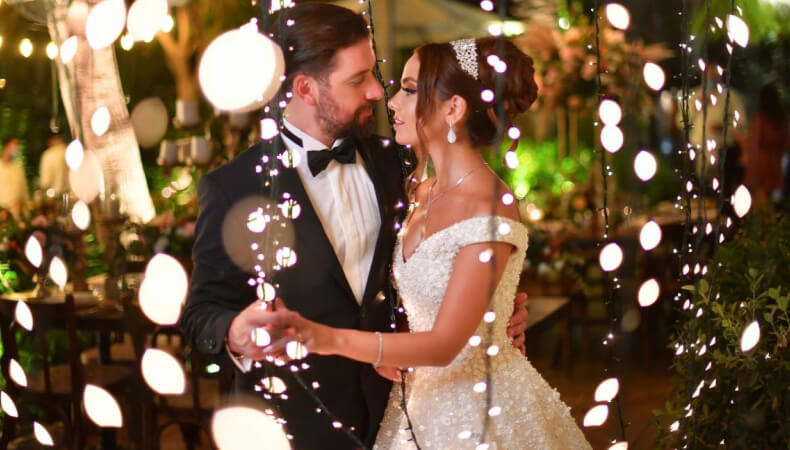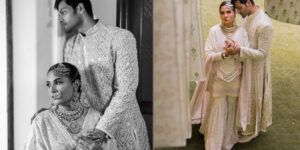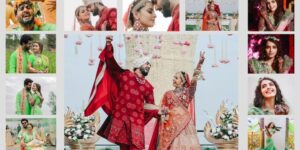Welcome to “Crafting a Meaningful Bilingual Wedding: A Comprehensive Guide.” In a time when cultural variety enhances our lives and love has no boundaries, organizing a bilingual wedding is a special chance to honor the marriage of two people from different origins.
The idea behind this guide is that marriage ought to be a celebration of love and a representation of the couple’s cultural background. Whether you’re combining cultures, languages, or both, this guide tries to provide couples with useful tips and considerate guidance to design a wedding that celebrates the diversity of your wedding.
What is the meaning of a Bilingual Wedding?
When two people from different linguistic or cultural origins tie the knot while respecting and combining aspects of both languages or cultures, it’s called a bilingual wedding. It represents the joining of two individuals as well as their varied cultural backgrounds and customs.
Vows, speeches, invitations, and ceremonies are often given in more than one language during a bilingual wedding, demonstrating the couple’s dedication to tolerance and respect for their own cultural identities. The lovely depiction of love in this image surpasses language and cultural boundaries, welcoming variety and commemorating togetherness within it.
This comprehensive guide will help you create a meaningful bilingual wedding that embraces cultural diversity.
Here is the complete guide on Crafting a Meaningful Bilingual Wedding
1. Embracing Cultural Diversity
It’s essential to respect the cultural origins and customs of both couples when planning a meaningful bilingual wedding. Every tradition has a distinct history, a multigenerational fabric of ideals and recollections. Couples weave together a variety of cultures, languages, and rituals to create their own unique tapestry by combining different cultural threads.
These mixed-race marriages are proof of the richness of cultural variety and the fact that love knows no boundaries or tongues. Every aspect of our common human experience, from the unique scents of cuisines to the rhythmic rhythms of ancient dances, communicates volumes.
2. Setting the Foundation
Effective communication between spouses is essential for a bilingual wedding to be successful. Open communication and agreement on the wedding’s vision are crucial to guaranteeing that the traditions of both families are respected. First, decide which important cultural components are essential to each individual and rank them according to consensus.
Keep the lines of communication open throughout the planning phase in order to handle any obstacles or conflicts amicably. Recall that understanding and compromise are essential. Through mutual acceptance and the discovery of shared interests, couples may create a wedding celebration that really embodies their love narrative and cultural background.
3. Sending Bilingual Wedding Invitations
In order to properly convey event information in various languages, great effort must go into the design and delivery of multilingual wedding invitations. Start by deciding on a layout that preserves aesthetics while supporting text in both languages.
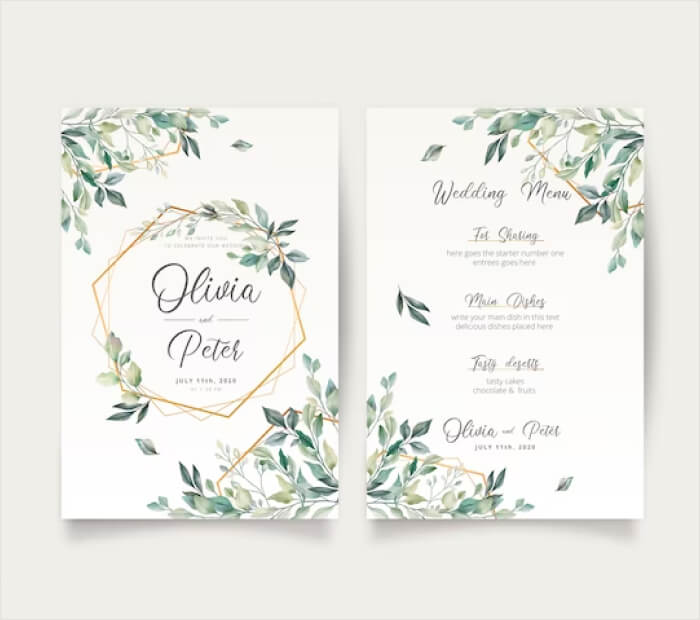
Make use of clear, succinct language that communicates important details, including the date, time, and location of the event. To ensure that all attendees can understand the invitation wording, think about having parallel text in both languages side by side. Prioritize each recipient’s major language and write it first on the invitation to uphold good manners. Furthermore, the invitation design incorporates cultural elements and symbols that are pertinent to both cultures, resulting in a visually harmonious portrayal of the couple’s ancestry.
4. Building a Website for a Bilingual Wedding
A wedding website serves as a central location where guests may easily get important information. It’s critical to provide visitors with all the information they need to make travel, lodging, and celebration plans. To accommodate visitors from various cultural backgrounds, give priority to language selection options and user-friendly navigation when developing a multilingual wedding website.
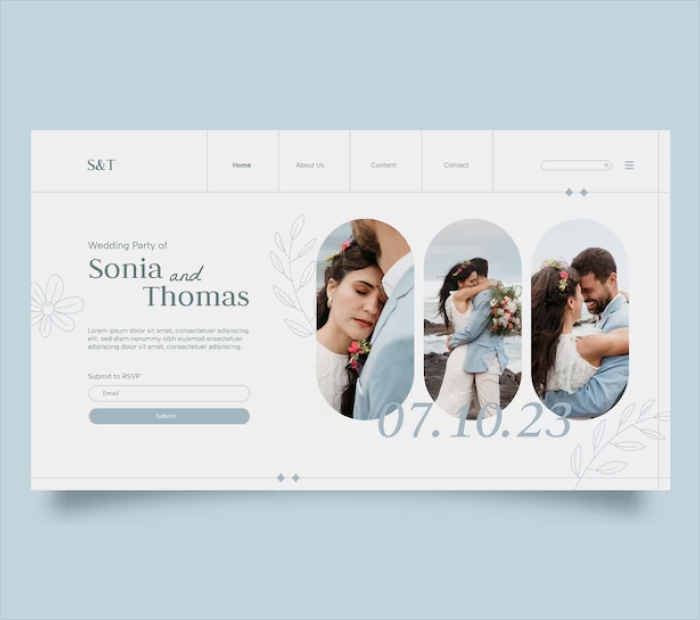
Make sure that both languages are used consistently across the website to maintain inclusion and clarity. Important elements include the site of the ceremony and reception, lodging choices, advice on transportation, and any cultural customs or traditions that may be pertinent to the wedding celebrations. This makes sure that everyone is aware of the festivities and ready for the happy occasion.
5. Letting Your Guests Know What to Expect
At a multilingual wedding, educating guests about ethnic customs and traditions is essential to promoting inclusion and understanding. By offering explanations of these customs, visitors are better able to understand the meaning of each component of the event. In order to provide attendees from different backgrounds with context and meaning, think about including explanations of rites and customs in event programs or on the wedding website.
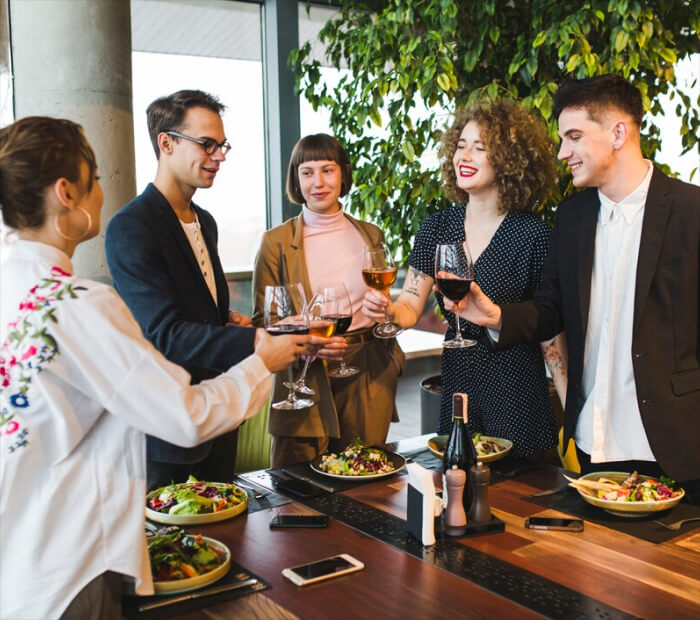
This instructional component fosters an environment of inclusion and respect while improving the whole experience. In the end, letting visitors know about cultural differences fosters togetherness and makes sure that everyone is accepted and respected.
6. Talking Before the Day With Both Families
It is essential to include both families in the preparation of the wedding in order to respect cultural customs and promote unity within the family. It guarantees that all perspectives are heard and respected while also recognizing the importance of family ties. Approach talks with sensitivity and an open mind while managing cultural differences and expectations within the family.

Seek to comprehend the viewpoints and customs of every family, recognizing unique convictions while establishing points of agreement. Stress the need for flexibility and compromise while acknowledging that mixing cultures takes time and understanding. Couples may construct a wedding celebration that honors everyone’s beliefs and history by actively incorporating both families, which will promote harmony and happiness on their big day.
7. Using Bilingual Wedding Suppliers
To provide a smooth and inclusive multilingual wedding experience, it is important to choose suppliers that are aware of cultural variations and linguistic preferences. These suppliers know the value of cultural quirks and know how to successfully use them in their offerings, which range from food to entertainment. Seek referrals from ethnic groups, make use of internet directories, and go to wedding expos with a wide range of vendors when looking for multilingual vendors.
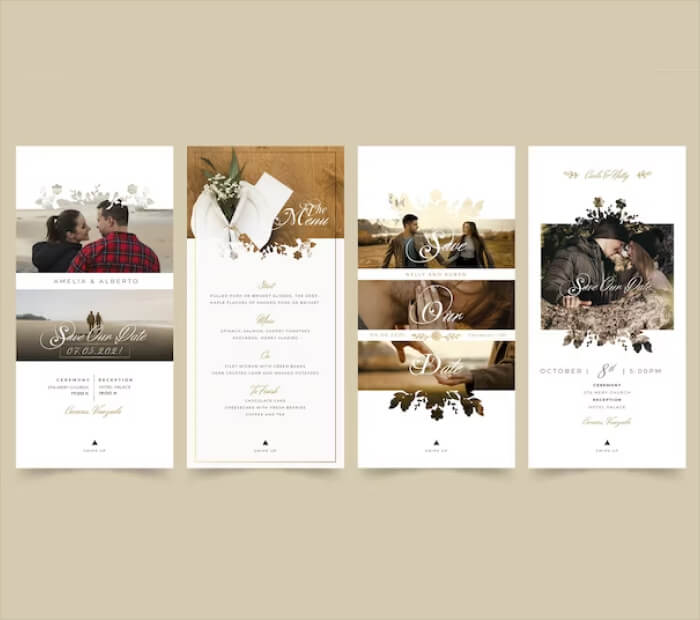
Throughout the planning phase, keep lines of communication open by using translation tools or employing bilingual coordinators to assist with language hurdles. Working with suppliers that are aware of and respectful of the couple’s cultural heritage enhances the celebration and makes the wedding day unique and real.
8. Considering Your Seating Chart Carefully
It takes careful planning to create a seating arrangement that promotes cross-cultural encounters. Guests from various cultural origins should be carefully mixed together and seated at tables where they may converse deeply and exchange stories. It could be a good idea to seat visitors who speak various languages next to one other so that they can interact and converse easily.
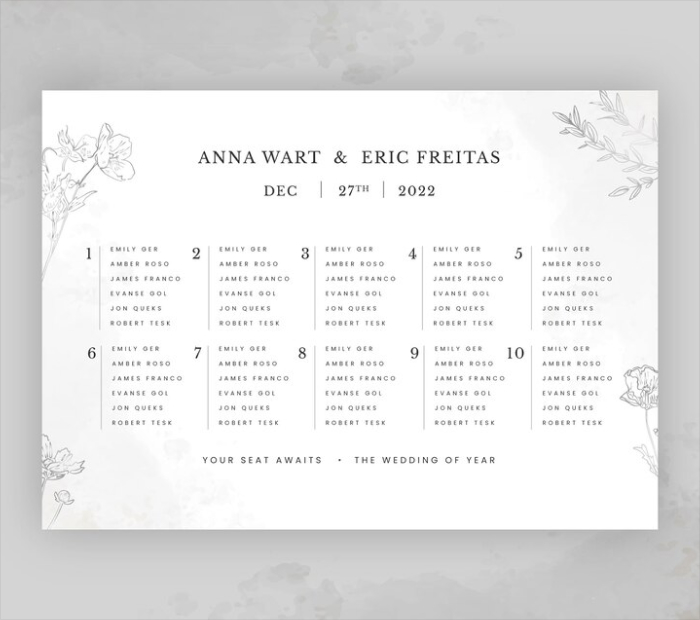
When choosing seating arrangements, consider cultural dynamics and preferences. For example, you could arrange to seat senior guests closer to the dance floor or gather families together in observance of customs. Couples may improve inclusion and create a lively environment where guests feel valued and welcomed by designing a seating plan that honors ethnic variety.
9. Including Music and Multicultural Entertainment
Adding an ethnic entertainment element to the reception elevates the event and gives visitors a colorful blend of customs. Include music from both cultures by employing live artists or multilingual DJs who will mix a variety of sounds so that there is something for everyone to enjoy. A multilingual MC can converse with attendees in a variety of languages, making the event more dynamic and inclusive.

Encourage visitors to take part in multicultural events and dances, such as participatory cultural performances or traditional dances, so they may fully experience the cheerful celebration of different cultures. Couples make their visitors’ experiences memorable and inclusive by embracing ethnic entertainment.
10. Respecting Customs and Traditions During the Event
The marriage ceremony is enhanced by the inclusion of significant rites and traditions from both cultures, which represent the coming together of two people with different origins. For example, couples might embrace multilingual components like vows or readings while modifying conventional wedding dress or ceremonial rituals to represent their cultural history.
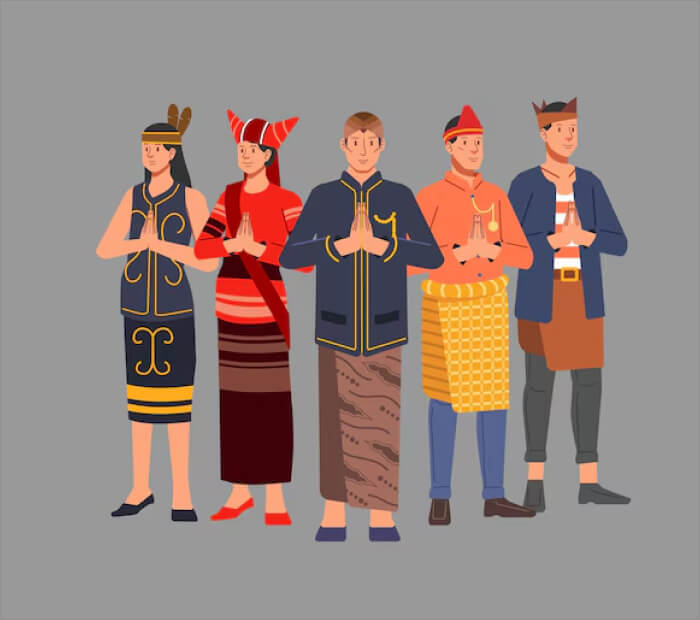
Informing visitors about the meaning behind these traditions promotes comprehension and admiration, strengthening their bond with the event. Every practice, from lighting a unity candle to participating in a traditional tea ceremony, serves as a moving reminder of the couple’s dedication to upholding their shared love and cultural heritage.
Conclusion
Communication, inclusion, and cultural awareness are essential when organizing a bilingual wedding. Respecting one another’s cultural origins while seamlessly blending them together should be a couple’s top priority. By embracing diversity, they construct a party that reflects their special love story.
We urge couples to take advantage of this chance to really celebrate their love while appreciating the depth of their cultural background. Many resources, such as multicultural wedding planners, internet forums, and cultural associations, provide priceless assistance for further inspiration and direction. Celebrate the beauty of love in all its cultural grandeur, embrace the journey, and hold dear the memories.

